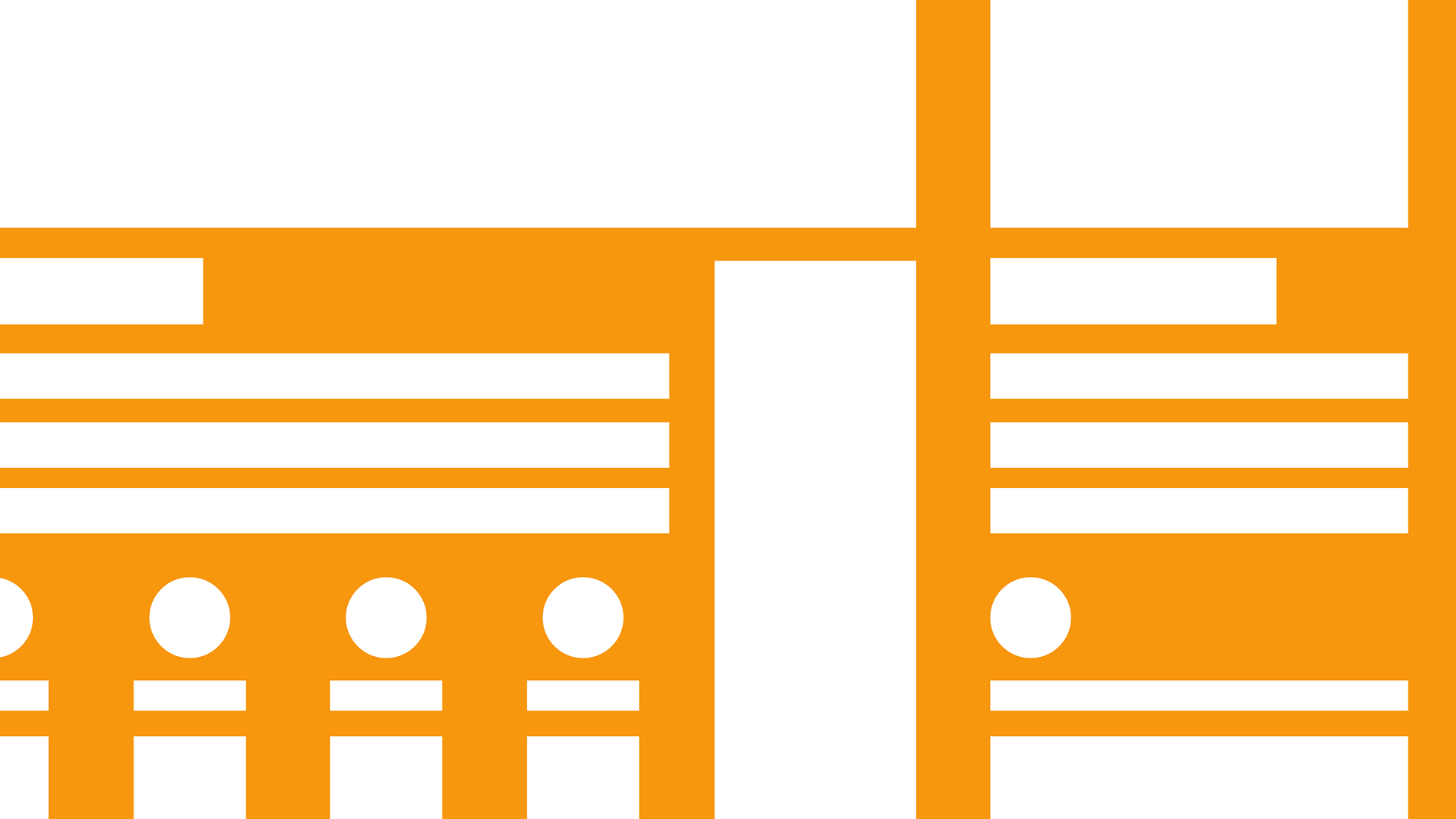
Top WebDev trends to watch in 2025
As the digital landscape rapidly evolves, user demands are shifting toward faster, more intuitive, and personalized experiences. Companies are seeking easier ways to build and manage their sites, while cybersecurity concerns become increasingly complex. As web development continues to be shaped by these rising demands; emerging technologies and methodologies are set to revolutionize the way websites and applications are built, deployed, and managed.
From artificial intelligence and automation to sustainability in coding practices, here are the top WebDev trends to watch in 2025.
1. AI-Powered Development & Automation
It’s not possible to talk about the future of anything without mentioning AI. In 2025, artificial intelligence (AI) will continue to transform the web development process, enhancing everything from design to functionality. AI-powered tools and platforms are shaping the future of WebDev. Here’s a few we’re watching:
AI-Driven Design and UX
AI design tools generate layouts, color schemes, and content recommendations based on user behavior and data analytics. They will speed up prototyping and enable developers to focus on enhancing the user experience.
AI Personalization
AI enables websites to offer more personalized experiences. By analyzing real-time user data and behavior, websites can adapt content, layout, and recommendations based on individual preferences, driving better engagement.
2. Intelligent Code Generators
With tools like GitHub Copilot and DeepCode, developers will be able to write code faster and with fewer errors. These tools provide real-time suggestions and code autocompletion, improving overall efficiency.
3. Chatbots and Virtual Assistants
AI-powered chatbots and virtual assistants will continue to evolve, providing enhanced customer support and personalization in real-time. Integrating more advanced versions these features into websites will significantly boost user satisfaction.
4. Voice Search and Natural Language Processing (NLP)
Voice search is becoming increasingly important; Driven by convenience and an increased demand for accessibility. By 2025, we predict it will be a dominant force in how users interact with websites. This means incorporating natural language processing (NLP) and ensuring that complex voice search queries lead your users to the right information.
5. Headless CMS Architecture
We’ve been watching Headless CMS (Content Management Systems) gain traction over the last few years, and in 2025, we expect them to dominate. A headless CMS decouples the frontend (user interface) from the backend (content management), giving developers the flexibility to use various technologies to build the frontend. Here’s why we’re predicting their reign:
Seamless Integration
Headless CMS allow businesses to use one backend to manage content while delivering it across multiple platforms—websites, mobile apps, IoT devices, and more—without the need to rewrite content for each platform.
Flexibility and Scalability
With Headless CMS, developers are free to use any frontend technology, including React, Vue.js, or Angular, offering greater flexibility in design and functionality. This architecture also makes it easier to scale as the business grows, enabling them to handle more complex content needs without overhauling the entire system.
Enhanced Security
By decoupling the backend from the frontend, Headless CMS setups can offer enhanced security, since the content is not directly accessible through the website’s frontend.
6. Low-Code and No-Code Platforms
The rise of no-code and low-code development platforms is democratizing web development. These platforms allow people with limited technical expertise to build websites and applications by using visual interfaces and pre-built templates. Here’s why we love them:
Faster Development Cycles
Low-code/No-code platforms —Webflow for example— significantly reduce the time it takes to develop. We can now create and deploy sites and apps in a fraction of the time it used to take, making it easier to respond to market demands.
Accessibility for Non-Technical Users
No-code platforms empower those without technical backgrounds to create functional applications using visual tools and pre-built components. In 2025, the growing popularity and abilities of no code-platforms will enable more people to bring their ideas to life.
Customization Challenges
Don’t expect no-code to put developers out of a job just yet. While these platforms offer speed, they usually lack the flexibility of custom development, which can limit advanced customization. This is an area where hybrid models combining no-code with developer inputs will thrive.
7. Advanced Cybersecurity Measures
With the increasing number of cyber threats, the future of WebDev will prioritize advanced security features to protect both businesses and users.
Zero Trust Architecture
The zero trust model —where no user or system is trusted by default— will become the standard approach to cybersecurity. This model continuously verifies access to reduce the risk of security breaches.
Biometric Authentication
Passwords will increasingly be replaced by biometric authentication methods like fingerprints, facial recognition, or even voice identification, making websites more secure and user-friendly.
AI-Driven Security
AI will play a key role in detecting and preventing cyber attacks. By analyzing patterns and identifying potential threats in real-time, AI can help mitigate risks and protect sensitive information.
As new technologies reshape how websites are built, secured, and optimized, organizations that are proactive in adopting innovations will be well-positioned to lead the market. At Enova, we’re committed to helping you navigate these shifts, enabling you to adapt quickly and capitalize on new opportunities. Together, we can drive growth and craft digital experiences that truly stand out in the ever-changing digital world.
Join to our thriving community of like-minded creatives!
Lorem ipsum dolor sit amet, consectetur adipiscing elit. Suspendisse varius enim in eros elementum tristique.
Read next
Reach out now!
Thank you for your submission!





